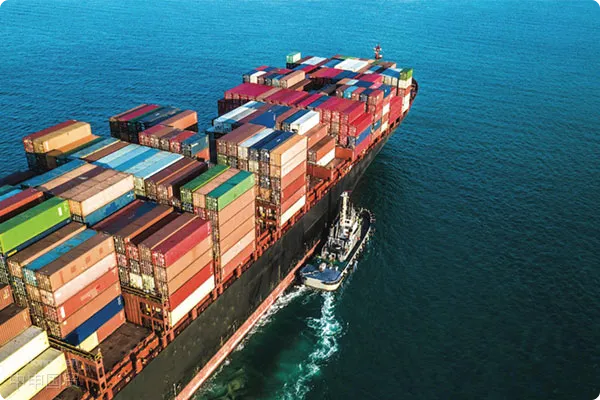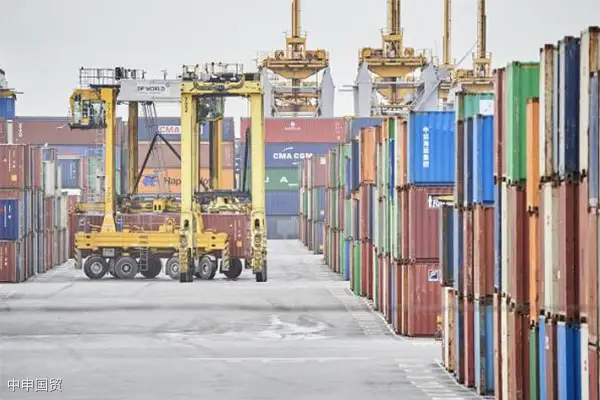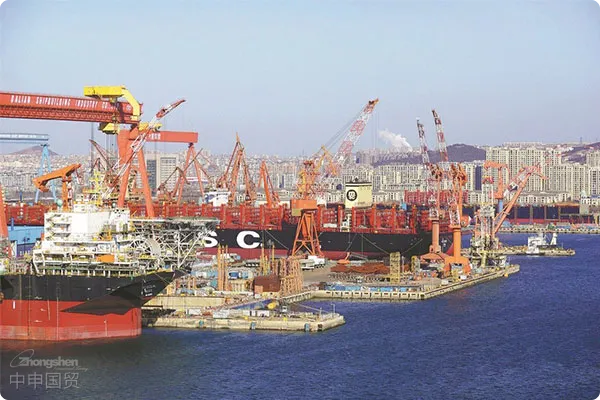- Shanghai Zhongshen International Trade Co., Ltd. - Two decades of trade agency expertise.
- Service Hotline: 139 1787 2118

Scientific researchequipment. For example, Indonesia has the SNI certification, Thailand has the TISI certification, and the Philippines has the BPS certification. It is necessary to confirm in advance the equipment voltage (such as 380V/50Hz in Thailand), the compatibility of the CE certification, and the proof of environmentally friendly materials.The invisible thresholds
The 2025 revised Supervisory Catalog for Imported Scientific Instruments shows that 37% of biomedical equipment requires additional filing, while 25% of precision instruments involve export control verification. A university laboratory misjudged equipment attributes, resulting in a $1.2 million cryo-electron microscope being detained at port for 47 days with additional storage costs exceeding 120,000 yuan. This highlights the special regulatory requirements for scientific equipment imports that differ from ordinary goods.
Seven Critical Control Points in Customs Clearance Process
First-tier Risk Prevention:
- Dual-review Mechanism for Qualification Pre-check
- Compatibility between Equipment Purpose and Importers Business Scope
- Alignment of Product Technical Parameters with Regulatory Catalog
- Transportation Scheme Comparison Model
- Cost Calculation for Constant-temperature Transport of Precision Instruments
- Evaluation of Special Equipment Port Handling Capacity
Second-tier Declaration Strategy:
- Three-level Verification System for HS Codes
- Timeliness of Customs Pre-classification Applications
- Comparison with Historical Cases of Classification Discrepancies
- Dynamic Tracking of Duty-free Policies
- Monitoring of Duty-free Quota Usage for Educational/Scientific Supplies
- Optimization of Temporary Import Equipment Guarantee Solutions
Analysis of Typical Declaration Error Cases
Case 1:When importing a mass spectrometer, a research institute failed to identify separate classification requirements for software modules, resulting in incorrect HS code application and a 17% tax difference. Solution: Establish hardware-software separate declaration mechanism.
Case 2:Omission of rotational speed parameter documentation for imported ultracentrifuges triggered credit deductions for AEO-certified enterprises. Countermeasure: Develop standardized templates for equipment technical parameters.
Request for a clean on - board bill of lading. The bank refused payment because the freight forwarder missed typing the words on board,Biosafety cabinets were mistakenly classified as ordinary lab equipment without special item approval. Outcome: Obtained emergency Level 3 biosafety certification to avoid shipment return risks.
The golden standard for choosing agency services
- Emergency Response Time Requirements:Premium agents should activate contingency plans within 2 hours
- Localized service network:Key ports require specialized hazardous goods customs teams
- Technical Documentation Management:Establish equipment parameter database for intelligent classification alerts
Data from a multinational lab equipment supplier shows professional agents reduce average clearance time from 21 to 14.5 days, with 40% improvement in exception handling efficiency. Importers should prioritize historical case records and customs team qualifications when selecting agents.
Related Recommendations
Core Business
Contact Us
Email: service@sh-zhongshen.com
Related Recommendations
Contact via WeChat

© 2025. All Rights Reserved.Shanghai ICP No. 2023007705-2 PSB Record: Shanghai No.31011502009912
PSB Record: Shanghai No.31011502009912









